Komentáře / Otázky (21)
![]() Malene napsala:
Malene napsala:
Hej hvordan finder jeg ud af hvilken størrelse jeg skal have? Hvad for nogle mål skal man bruge? kan ikke finde måleskitsen.
02.04.2025 - 16:54Odpověď DROPS Design :
Hei Malene. Ingen målskisse. Du finner målene øverst i oppskriften. mvh DROPS Design
07.04.2025 - 10:57
![]() Ramona Ebrahim napsala:
Ramona Ebrahim napsala:
Guten Tag Bei der Zunahme für daumenkeil links sind die beiden letzten Maschen von Nadel 4 gemeint nach dem Muster oder vielen Dank
07.01.2025 - 16:57Odpověď DROPS Design :
Liebe Frau Ebrahim, bei dem linken Pulswärmer wird man für den Daumenkeil beidseitig von der vorletzte Masche der Runde (die 2. Masche vor der Ende der Runde/der 4. Nadel). Beim rechten Pulswärmer wird man dann beidseitig von der 2. Masche der Rune zunehmen (= die 2. Masche der 1. Nadel). Viel Spaß beim Stricken!
07.01.2025 - 17:19
![]() Ramona Ebrahim napsala:
Ramona Ebrahim napsala:
Guten Tag Bei der Zunahme für daumenkeil links sind die beiden letzten Maschen von Nadel 4 gemeint nach dem Muster oder vielen Dank
07.01.2025 - 16:55
![]() Christina napsala:
Christina napsala:
Hallo, sind in A1 auch die Rückreihen eingezeichnet oder sind es nur die hinreihen? Danke und liebe Grüße
31.08.2024 - 17:31Odpověď DROPS Design :
Liebe Christina, die Diagramme zeigen alle Hin- und Rückreihen. Dabei werden die Hinreihen von rechts nach links und die Rückreihen von links nach rechts gelesen. Viel Spaß beim Stricken!
31.08.2024 - 19:56
![]() Marca napsala:
Marca napsala:
Kan ik het patroon vd polswarmers ook met rondbreinaalden breien ipv naalden zonder knop? En zo ja, kan ik het patroon dan gewoon letterlijk volgen?? En hoe lang moet mijn kabel dan zijn (ik heb 40, 60 en 80)?
28.11.2023 - 18:20Odpověď DROPS Design :
Dag Marca,
Jazeker dat kan. Kijk even welke lengte voor jou het handigst werkt. Zelf werk ik liever met een wat langere draad in combinatie met de magic loop techiek.
29.11.2023 - 09:31
![]() Amouret napsala:
Amouret napsala:
Ok mais les 14 augmentation vu que c'est écrit ne pas les faire au dessus des 22 mailles du motif je les fait de quelle coté ? coté motif ou coté jersey?
24.04.2023 - 10:16Odpověď DROPS Design :
Bonjour Mme Amouret, oups je n'en étais pas au bon niveau... vous devez augmenter ces 14 mailles au-dessus des 40 mailles jersey, pour ne pas toucher aux 22 mailles de A.3. Bon tricot!
24.04.2023 - 10:40
![]() Angélique Amouret napsala:
Angélique Amouret napsala:
Bonjour je suis arriver au niv des 14 augmentation , quand vous dite ne pas augmenter au dessus des 22 mailles du motif , et ce que ca veut dire que j'augmente sur le jersey ou j'augmente coté motif, et en regardant la photo du modèle j'ai l'impression que si je continue en motif A2 ca ne continuera pas la suite du motif de A3 car la sur ma mitaine j'ai que 1 cercle de dessiner sur le milieu de la mitaine et pas 2 comme sur le dessin en photo
23.04.2023 - 10:45Odpověď DROPS Design :
Bonjour Mme Amouret, tout dépend de votre tensionen hauteur; on va mettre les mailles du pouce en attente 10 cm (2ème taille) après avoir commencé A.3, autrement dit après 34 rangs de A.3 (soit 19 rangs de A.3 + les 15 premiers rangs), terminez votre motif A.3 si souhaité avant les côtes de la main - et ajustez en conséquence la hauteur des côtés de A.2. Bon tricot!
24.04.2023 - 10:10
![]() Amouret napsala:
Amouret napsala:
Ok donc j'augmente sur mes 2 mailles du début et je continue le motif comme avant c ca? mais comment si retrouver pour retomber dans le bon sens du motif
21.04.2023 - 13:35Odpověď DROPS Design :
Bonjour Mme Amouret, pour la 1ère augmentation du pouce, augmenter 1 m avant + 1 maille après la maille avec le marqueur, la 2ème fois, augmentez avant puis après ces 3 mailles, la 3ème fois, augmentez avant puis après ces 5 mailles etc. J'ai peur de ne pas bien comprendre pas votre question , je suis désolée, le motif A.3 ne sera pas décalé, on rajoute juste des mailles de chaque côté de la maille avec un marqueur, les autres mailles se tricotent comme avant: en jersey endroit et diagramme A.3 sur le dessus de la main (lisez le diagramme de droite à gauche tous les tours car on tricote en rond). Bon tricot!
21.04.2023 - 14:11
![]() Amouret napsala:
Amouret napsala:
Vu que je fait mes mitaine sur des aiguille circulaire , du coup et ce que je doit faire une augmentation au début et a la fin du travail pour former mon pouce vers la droite ?
19.04.2023 - 14:15Odpověď DROPS Design :
Bonjour Mme Amouret, l'avant-dernière maille reste la même maille dans tous les cas, vous devez juste augmenter 2 m à chaque fois: 1 m avant cette maille + 1 maille après cette maille (puis 1 m avant ces mailles et 1 m après ces mailles). Pour la mitaine droite, vous augmenterez de part et d'autre de la 2ème maille du tour. Bon tricot!
19.04.2023 - 15:16
![]() Angélique Amouret napsala:
Angélique Amouret napsala:
Bonjour je suis au niveau de l'augmentation pour le gousser du pouce mais j'ai du mal a comprendre comment proceder exactement et surtout a quel moment j'augmente car je vois pas comment faire de chaque coté sur le coté paume et savoir du coup si on continue tjr sur le motif A3 car c pas indiquer cordialement,
19.04.2023 - 11:27Odpověď DROPS Design :
Bonjour Mme Amouret, vous augmentez d'abord de chaque côté de l'avant-dernière maille du tour (mitaine gauche), autrement dit, avant + après cette maille (= 2 mailles à chaque fois), la fois suivante, vous augmentez avant + après ces 3 mailles et ainsi de suite - cf AUGMENTATIONS-1 (gousset du pouce, mitaines):. Les autres mailles se tricotent exactement comme avant. Bon tricot!
19.04.2023 - 13:10
Annely#annelyset |
|||||||||||||||||||||||||
 |
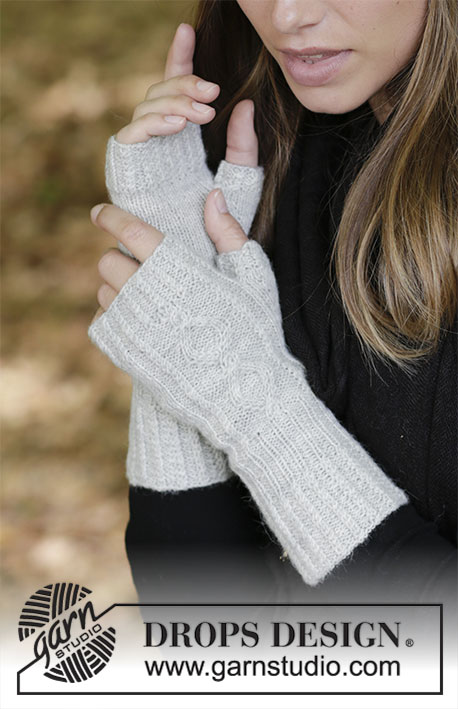 |
||||||||||||||||||||||||
Souprava: čelenka a bezprsté rukavice s copánkovým vzorem pletené z příze DROPS Flora.
DROPS 182-12 |
|||||||||||||||||||||||||
|
---------------------------------------------------------- VROUBKOVÝ VZOR: 1 vroubek = 2 řady hladce. Pleteme stále hladce, lícové i rubové řady. VZOR: Čelenka: viz schémata A.1 a A.2. Rukavice: viz schémata A.2 až A.4. Zobrazeny jsou všechny řady vzoru nahlížené z lícové strany. TIP - UJÍMÁNÍ (čelenka): Abychom vypočítali, jak často musíme ujímat, odečteme od celkového počtu ok na jehlici (např.54 ok) krajová oka (tj. 6 ok) a zbytek vydělíme počtem ok, která potřebujeme ujmout (např. 12), takže 54 – 6 = 48 : 12 = 4. V tomto případě tedy spleteme hladce každé 3. a 4. oko (ujímáme mimo krajová oka). TIP – PŘIDÁVÁNÍ 1 (klínek pro palec): Pleteme až po označené oko, 1x nahodíme, 1 oko upleteme hladce (= označené oko), 1x nahodíme (= přidali jsme 2 oka). V následující kruhové řadě pleteme nahození za zadní nit, aby se v pletenině netvořily dírky. Takto přidáváme na vnějších okrajích vznikajícího klínu. TIP – PŘIDÁVÁNÍ 2 (rukavice): Abychom vypočítali, jak často musíme přidávat, odečteme od celkového počtu ok na jehlici (např.50 ok) oka, nad nimiž přidávat nechceme (tj. 22 ok) a zbytek vydělíme počtem ok, která potřebujeme přidat (např. 14), takže 50 – 22 = 28 : 14 = 2. V tomto případě tedy přidáme za každým 2. okem. Přidáváme nahozením a v následující kruhové řadě pleteme nahození za zadní nit, aby se v pletenině netvořily dírky. ---------------------------------------------------------- ČELENKA: Pleteme v řadách a nakonec sešijeme. Na jehlice č.2,5 nahodíme přízí Flora 42 ok a upleteme 2 VROUBKY – viz výše. Následující lícovou řadu pleteme takto: 3 krajová oka hladce, *3 oka hladce, 1x nahodíme*, *-* opakujeme až po poslední 3 oka na jehlici, končíme 3 krajovými oky hladce = 54 ok. Poté upleteme 1 rubovou řadu obrace se 3 krajovými oky hladce na každé straně (nahození pleteme obrace za zadní nit, aby se v pletenině netvořily dírky). Pokračujeme v řadách vzorem A.1 (= 54 ok) až do výše asi 48-54 cm – končíme 6. řadou vzoru A.1, tak, aby vzor začínal i končil stejně. Pak upleteme 1 lícovou řadu hladce a SOUČASNĚ ujmeme rovnoměrně 12 ok – viz TIP – UJÍMÁNÍ = 42 ok. Upleteme 5 řad hladce a v následující lícové řadě všechna oka hladce uzavřeme. PÁSKA: Pleteme v řadách. Na jehlice č.2,5 nahodíme 14 ok a upleteme 1 vroubek. Následující lícovou řadu pleteme takto: 1 krajové oko vroubkovým vzorem, následujících 12 ok vzorem A.2 (= 3 sekvence vzoru po 4 okách), končíme 1 krajovým okem vroubkovým vzorem. V tomto rozvržení vzoru pokračujeme až do výše 10 cm. Pak upleteme 1 vroubek a všechna oka z lícové strany volně hladce uzavřeme. Přízi odstřihneme, pásku stočíme do kroužku a sešijeme. Čelenku provlečeme kroužkem a konce sešijeme – šev leží na čele, schovaný v kroužku. ---------------------------------------------------------- BEZPRSTÉ RUKAVICE: LEVÁ RUKAVICE: Pleteme v kruhových řadách na ponožkových jehlicích. Na ponožkové jehlice č.2,5 nahodíme přízí Flora 64-72 ok a upleteme 1 kruhovou řadu hladce. Pak pleteme v kruhových řadách vzor A.2 (= 16-18 sekvencí vzoru po 4 okách). Ve výši 5-6 cm spleteme v každém copánku každá 2 oka hladce – opakujeme v průběhu celé kruhové řady, zbylá oka pleteme obrace = 48-54 ok. Dál pleteme jak se oka jeví (hladká hladce, obrácená obrace) až do výše 10-11 cm. Následující kruhovou řadu pleteme takto: Velikost S/M: 2 oka hladce, 9 obrace, každé z následujících 2 ok rozpleteme na 2 (= přidáme 2 oka), 9 ok obrace a 26 hladce = 50 ok. Velikost L/XL: 3 oka hladce, 9 obrace, každé z následujících 2 ok rozpleteme na 2 (= přidáme 2 oka), 9 ok obrace, 31 ok hladce a SOUČASNĚ nad těmito oky ujmeme rovnoměrně 2 oka = 54 ok. Další kruhovou řadu pleteme takto – platí pro obě velikosti: 2-3 oka lícovým žerzejem, vzor A.3 (= 22 ok), 26-29 ok lícovým žerzejem. V tomto rozvržení vzoru pokračujeme. Ve výši 14-15 cm začneme tvarovat klínek pro palec: označíme si předposlední oko v kruhové řadě a na obou jeho stranách přidáme 1 oko – viz TIP – PŘIDÁVÁNÍ 1. Takto přidáváme v každé 3. kruhové řadě, celkem 6-7x (přidáváme vždy na vnějších stranách vznikajícího klínu) = 13-15 ok klínu a 62-68 ok celkem. Ve výši 19-21 cm odložíme 13-15 ok palce + 1 oko na každé straně klínu na pomocnou jehlici (= 15-17 odložených ok). V následující kruhové řadě za těmito oky nahodíme 3 oka nová = 50-54 ok. Pokračujeme v kruhových řadách lícovým žerzejem a vzorem A.3 až do výše 21-22 cm. Pak pleteme 1 kruhovou řadu hladce a SOUČASNĚ přidáme rovnoměrně 14 ok – platí pro obě velikosti – viz TIP – PŘIDÁVÁNÍ 2 (přidáváme mimo 22 ok vzoru A.3) = 64-68 ok. Pokračujeme v kruhových řadách vzorem A.2 – POZN.: schéma A.4 zobrazuje, jak vzor A.2 navazuje na vzor A.3, měli bychom mít v celé kruhové řadě 2 oka obrace nad 2 oky copánku. Po dokončení 10 kruhových řad vzorem A.2 měří celá rukavice asi 24-25 cm. Poté všechna oka dle vzoru uzavřeme. PALEC: Odložených 15-17 ok palce vrátíme z pomocné jehlice zpět na ponožkové jehlice č.2,5 a navíc k nim nabereme 9-7 nových ok z okraje za palcem (tj. nabereme po 1 oku z každého ze 3 nových ok + 3-2 oka na každé straně těchto 3 nových ok)= na jehlicích máme 24-24 ok. Upleteme 3-5 kruhových řad hladce. Pak upleteme 6 kruhových řad vzorem A.2 a poté všechna oka dle vzoru uzavřeme. PRAVÁ RUKAVICE: Na ponožkové jehlice č.2,5 nahodíme 64-72 ok a upleteme 1 kruhovou řadu hladce. Pak pleteme v kruhových řadách vzor A.2 (= 16-18 sekvencí vzoru po 4 okách). Ve výši 5-6 cm spleteme v každém copánku každá 2 oka hladce – opakujeme v průběhu celé kruhové řady, zbylá oka pleteme obrace = 48-54 ok. Dál pleteme jak se oka jeví (hladká hladce, obrácená obrace) až do výše 10-11 cm. Následující kruhovou řadu pleteme takto: Velikost S/M: 26 ok hladce, 9 obrace, každé z následujících 2 ok rozpleteme na 2 (= přidáme 2 oka), 9 ok obrace a 2 oka hladce = 50 ok. Velikost L/XL: 31 ok hladce a SOUČASNĚ nad těmito oky ujmeme rovnoměrně 2 oka, 9 obrace, každé z následujících 2 ok rozpleteme na 2 (= přidáme 2 oka), 9 ok obrace, 3 oka hladce = 54 ok. Další kruhovou řadu pleteme takto – platí pro obě velikosti: 26-29 ok lícovým žerzejem, vzor A.3 (= 22 ok), 2-3 oka lícovým žerzejem. V tomto rozvržení vzoru pokračujeme. Ve výši 14-15 cm začneme tvarovat klínek pro palec: označíme si 2. oko v kruhové řadě a na obou jeho stranách přidáme 1 oko – viz TIP – PŘIDÁVÁNÍ 1. Takto přidáváme v každé 3. kruhové řadě, celkem 6-7x (přidáváme vždy na vnějších stranách vznikajícího klínu) = 13-15 ok klínu a 62-68 ok celkem. Ve výši 19-21 cm odložíme 13-15 ok palce + 1 oko na každé straně klínu na pomocnou jehlici (= 15-17 odložených ok). V následující kruhové řadě za těmito oky nahodíme 3 oka nová = 50-54 ok. Pokračujeme v kruhových řadách lícovým žerzejem a vzorem A.3 až do výše 21-22 cm. Pak pleteme 1 kruhovou řadu hladce a SOUČASNĚ přidáme rovnoměrně 14 ok – platí pro obě velikosti – viz TIP – PŘIDÁVÁNÍ 2 (přidáváme mimo 22 ok vzoru A.3) = 64-68 ok. Pokračujeme v kruhových řadách vzorem A.2 – POZN.: schéma A.4 zobrazuje, jak vzor A.2 navazuje na vzor A.3, měli bychom mít v celé kruhové řadě 2 oka obrace nad 2 oky copánku. Po dokončení 10 kruhových řad vzorem A.2 měří celá rukavice asi 24-25 cm. Poté všechna oka dle vzoru uzavřeme. Palec pleteme stejně jako u levé rukavice. |
|||||||||||||||||||||||||
Vysvětlivky ke schématu |
|||||||||||||||||||||||||
|
|||||||||||||||||||||||||
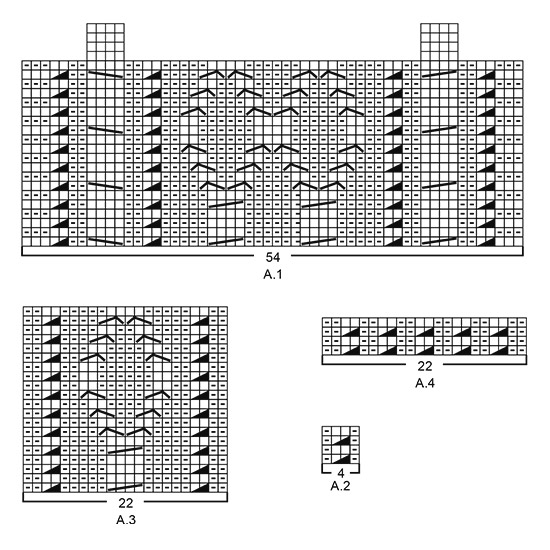
|
|||||||||||||||||||||||||
Dokončili jste tento model?Pak označte své fotky tagem #dropspattern #annelyset nebo je pošlete do galerie #dropsfan. Potřebujete s tímto návodem poradit?Otevřete-li si návod na stránce garnstudio.com, najdete tam 24 výukových video-ukázek, Komentáře/Dotazy a další užitečné informace. © 1982-2025 DROPS Design A/S. Vyhrazujeme si veškerá práva. Tento dokument, včetně všech jeho dílčích částí, podléhá autorským právům. Podrobnější komentář k možnostem užití našich návodů najdete dole pod každým návodem na našich stránkách. |
|||||||||||||||||||||||||








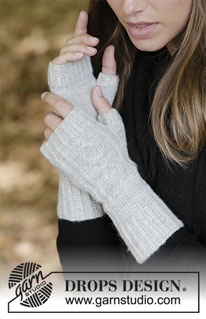




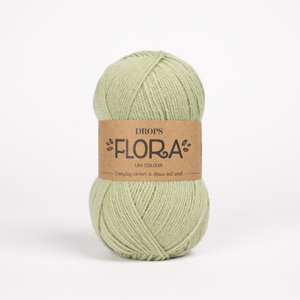
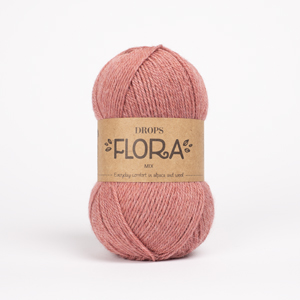
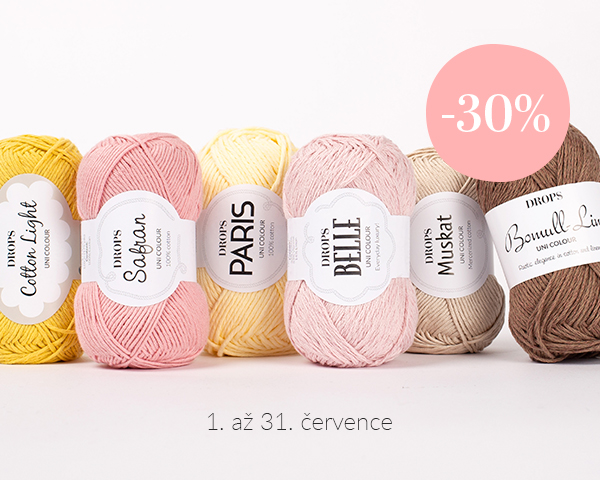

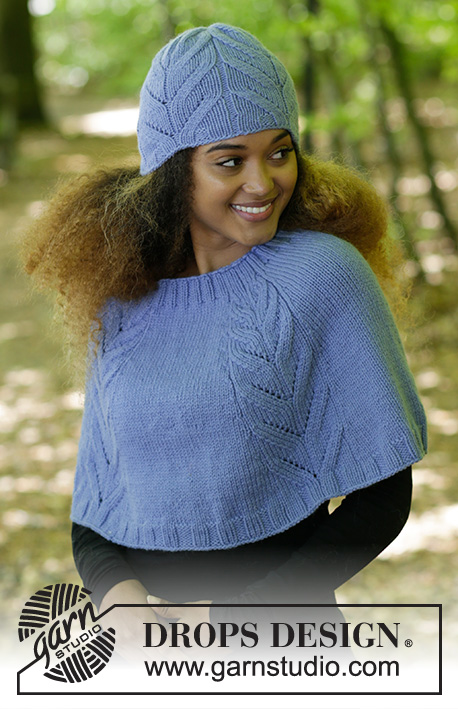













































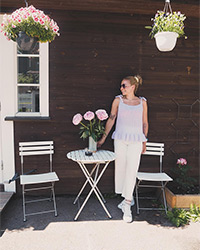
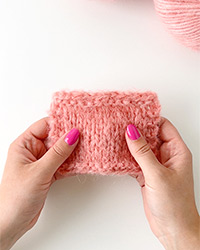
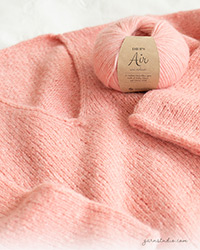


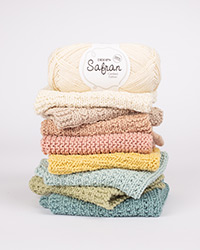
Přidejte komentář k návodu DROPS 182-12
Rádi bychom věděli, co si o tomto modelu myslíte!
Pokud se chcete na něco zeptat, dbejte prosím na to, abyste ve formuláři níže vybrali správnou kategorii - díky tomu se dříve dozvíte, co potřebujete vědět. Povinná pole jsou označena *.